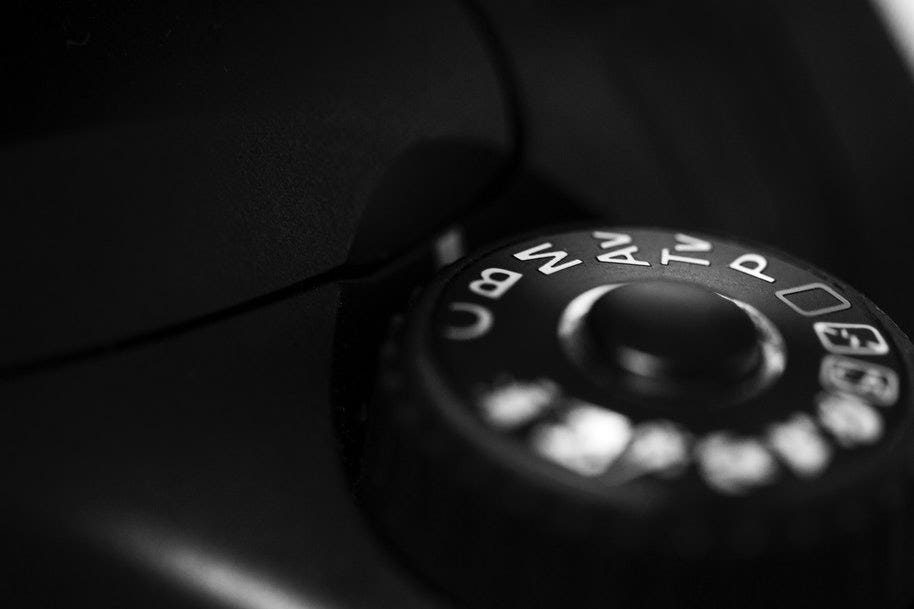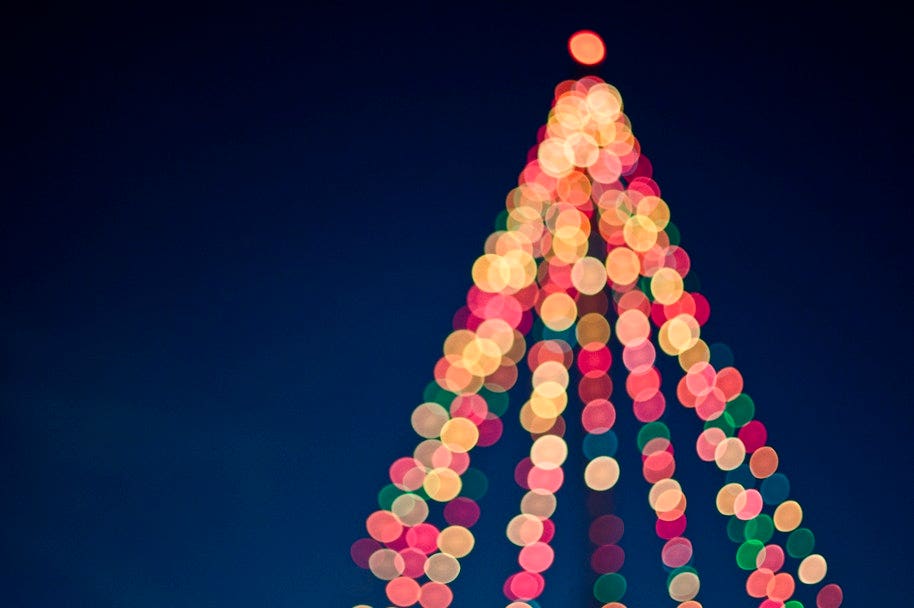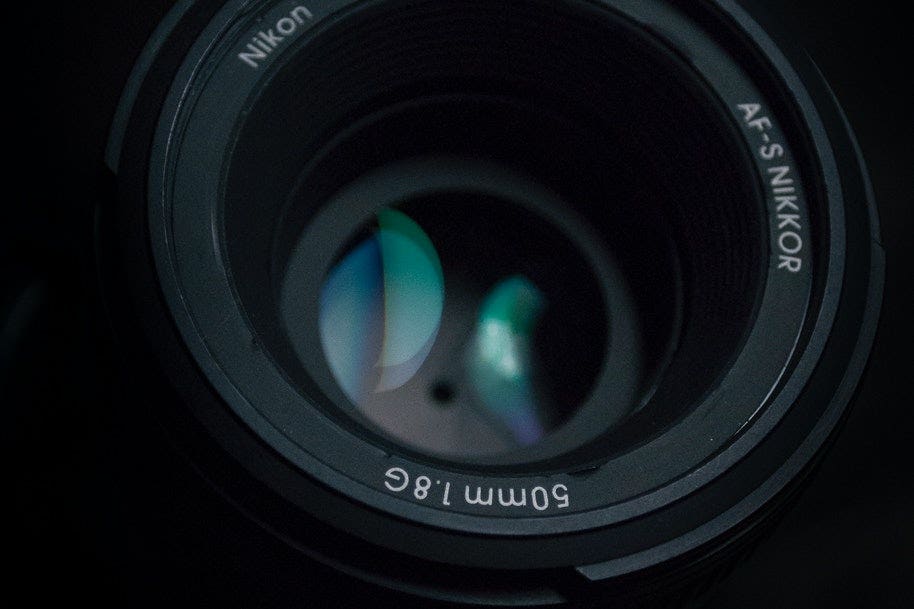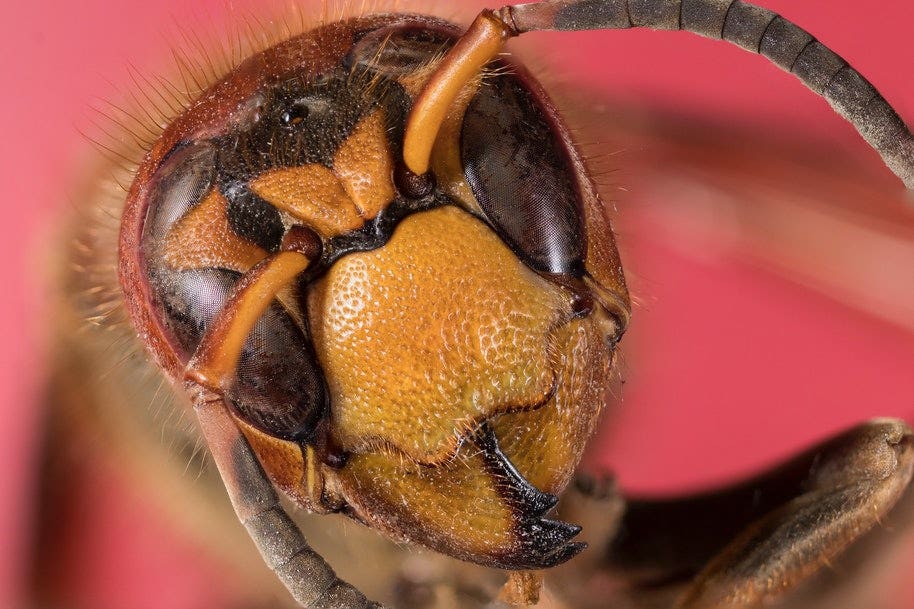
When you start any new hobby—whether it’s knitting or kiteboarding—one of the biggest hurdles is overcoming the jargon you come across. Photography is no different.
In fact, there is such a huge breadth of photography terminology that it’s natural to be quickly overwhelmed. But we’re here to take the load off with this dedicated photography glossary.
Ready to get up to speed on some of the most common photography terms? Read on for our top list of photography words and their definitions.
Common photography terms and their definitions

Aperture
The size of the opening in the camera lens. This ring can open and contract to dictate how much light enters the camera. A wider aperture lets in more light but leaves less of the image in focus (see Depth of Field below). A small aperture admits less light but the entire picture could be in focus.
Your aperture size will be displayed in f-stops, written as f/ + number. For example, a wide aperture, which would let in more light, might be displayed as f/2.8 while a narrow aperture, which would let in less light, could be f/22.
The aperture is one of three camera settings, known as the exposure triangle, that you can adjust to change the image’s exposure (see Exposure below).
Learn more about camera apertures today.
Aspect Ratio
The dimensions of a photo, described as a ratio of the height to the width. Most digital photos have an aspect ratio of 3:2, though 16:9 is common for panoramic photos and 1:1 produces popular square images for social media apps like Instagram.
When you print your images, the aspect ratio is usually written as, for example, 8x10, where the width is 8 inches and the height 10 inches.
You can set the aspect ratio for your images either within your camera, in post-processing, or when you print them.
Bokeh
If bokeh sounds familiar, it’s because we use the term A LOT. Bokeh describes the photography technique of blurring the background (and often the foreground).

It’s particularly popular in portrait photography and is also frequently used to create a festive Christmas scene.
Bokeh is usually created using wide apertures (see Aperture above) and is designed to soften a light source or background details until they’re out of focus.
Learn how to create bokeh today.
Composition
A photography term that describes how the elements within a photograph are framed. The composition of a photo can impact the emotion conveyed.
Photography composition involves a whole range of different rules and techniques, such as the rule of thirds, leading lines, and more.
Learn more about compositional techniques today.
Depth of Field (DoF)
This is a popular photography term that describes how much of your photo is in focus. It’s influenced by your aperture settings (see Aperture above), as well as by the lens focal length (see Focal Length below), and the distance from the camera to the subject and from the subject to the background.
A camera focuses on one specific distance in a shot but the distance in front and behind that point can be sharp or blurry, depending on your aperture settings.
Portraits and other images that have a soft, unfocused background—called bokeh (see Bokeh above)—have a shallow depth of field. Images that have almost the entire scene in focus, such as in landscape photography, have a larger depth of field.
Learn more about Depth of Field in photography today.
Exposure
Exposure is a description of how bright or dark your photo is and is determined by how long your camera sensor (see Sensor below) is exposed to light.
In simple terms, the longer the exposure, the brighter your image will be. A dark photo with lots of shadows is considered underexposed while a bright photo with too much white is overexposed.
But there are 3 ways to increase or decrease your camera’s exposure, the techniques together called the exposure triangle: aperture (see above), shutter speed (see below), and ISO (see below).
Learn more about exposure today.
File Format
The file format describes how your camera records the image or image file. The most common file formats are RAW files and JPGs (or JPEG).
RAW files contain more information, giving the photographer more to work with in editing. But they do take up a lot more space than JPEG images.
JPG images are compressed, so they have a smaller file size and can be easily shared across emails or over social media. It’s common to convert a RAW file into a JPEG when exporting it from the editing software.
Focal Length
This describes the amount a lens can zoom, or more technically, the distance from the point where the light converges inside the lens to the camera sensor.

Focal length is measured in millimetres (mm) and displayed on your camera lens. A camera lens with a shorter focal length, such as the Sony FE 35mm f/1.8 lens, captures a wider field of view while a camera with a longer focal length, such as the Canon EF 200mm f/2, can zoom in for a tight shot.
Prime lenses have a fixed focal length (it cannot be changed) while zoom lenses have a variable focal length for greater flexibility.
Learn more about prime vs zoom lenses today.
Image Stabilisation
Image stabilisation refers to the mechanisms within the camera that help reduce blur caused by natural shaking and camera movement.
Many cameras and camera lenses come with built-in image stabilisation to smooth out your picture and capture a sharp shot.
ISO
ISO stands for International Standards Organization, which tells you next to nothing about what it actually is.
ISO refers to how sensitive your camera’s sensor is to light (see Sensor below) and is one of the three exposure triangle settings (see Exposure above).
Every camera has its own ISO range, with a minimum and maximum ISO typically varying from ISO100 to ISO 6400.
A low ISO value like ISO100 isn’t very sensitive to light and is used in daylight conditions. A higher ISO (such as ISO6400) makes the camera more sensitive to light and is generally used shooting in low light situations.
It may brighten the image but could just as easily add noise (see Noise below), which is why most photographers try to keep their ISO as low as possible and increase their camera’s exposure through aperture and shutter speed settings instead.
Learn more about your camera’s ISO settings today.
Noise
Noise refers to the phenomenon where your image looks grainy or flecked. Noise is caused when your camera’s ISO settings are high (see ISO above). You can reduce the amount of noise in an image by lowering your ISO.
Learn more about image noise today.
Resolution
The resolution refers to the number of pixels there are in an image. High-resolution images are preferred for printing while lower resolution images are often used online.

High-resolution images have more image detail since they use a greater number of pixels.
There are different types of resolution. Camera resolution identifies the number of pixels in a camera sensor, measured in megapixels (MP), or millions of pixels.
Alternatively, image file resolution is measured in dots per inch (dpi) for printing and pixels per inch (ppi) for images on screen and monitors. Pixel dimensions are also commonly used for digital image file resolution (such as 1024x768).
Sensor
The sensor is a component of your camera that captures the light and converts it into an image. The sensor is the digital version of camera film.
Cameras come in different sensor sizes, with the size affecting not just the quality of the image quality but also the type of lenses you can use.
In general, more affordable and mid-range cameras use crop frame sensors, which are smaller and crop the edges out of the frame.
Meanwhile, professional cameras embrace full-frame sensors, which perform better at high ISO values (see ISO above) and generally produce better image quality.
Learn more about the sensors on mirrorless cameras today.
Shutter Speed
The shutter is the part of the camera that opens and closes, admitting light in the process and ultimately ‘taking’ the photo.
Shutter speed describes how long the camera shutter remains open. A slow shutter speed means the shutter is open for longer, letting more light in to hit the sensor (see Sensor above).
In general, slow shutter speeds can produce darker photos while fast shutter speeds brighten them up.
Shutter speed is written in seconds (such as 1” for one second) or as a fraction of a second (like 1/200).
Shutter speeds also capture movement, so the slower the speed, the more blurry any movement will be. Fast shutter speeds freeze-frame movement. That’s why it’s particularly important to use a tripod when you’re shooting at slow speeds to prevent camera shake and unwanted blurring.
Learn more about shutter speed today.
White Balance
Another camera setting, white balance is all about colour, rather than light. It helps make sure your image colours reflect reality. As a benchmark, white looks pure white when the colour balance is correctly set.
White balance can be altered to make the image appear cooler (more blue) or warmer (more yellow).
White balance can be changed in the camera before the photo is taken, or afterwards in post-processing. Most cameras come with an auto white balance setting, as well as presets that enable you to select a white balance setting based on the light source: tungsten, incandescent, sunlight, shade, etc.
White balance is measured in Kelvins and is displayed as K, for example, 5600K (which is the same white balance as natural daylight).
Learn more about how to use white balance today.
Still confused about a particular photography term?
Don’t hesitate to visit your nearest Camera House store to get more help from our dedicated camera and photography experts!
